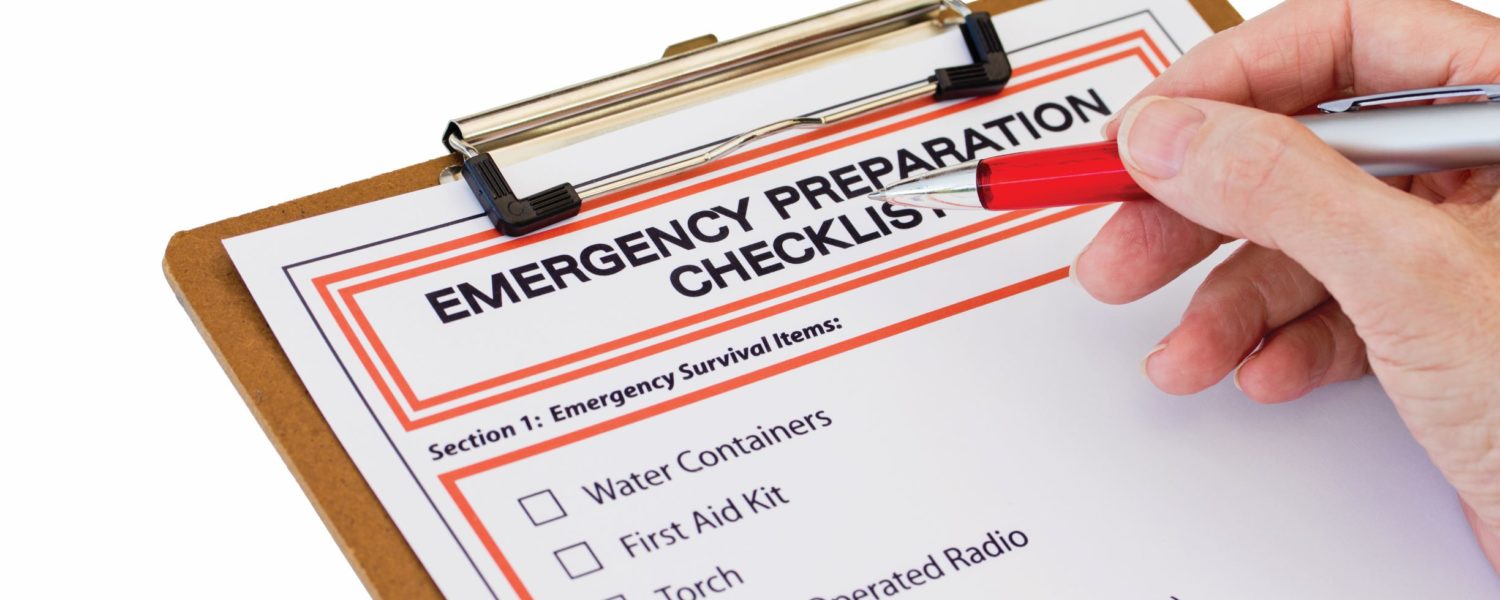This article originally appeared in the January 2015 issue.
This information is courtesy of ACTIVE Network, which produces Fellowship One software for churches, www.activenetwork.com.
You were called to be ambassadors of peace and safety.
Once upon a time, the lack of peace and safety church leaders worried about mostly happened somewhere else; occasionally in homes, often on the street, and mostly on the other side of the world. Now, the rise in deadly shootings and other crimes has disproportionately visited churches, driving the leaders of many houses of God to increase their preparedness for the unthinkable.
Thankfully, the ranks of those who say “It couldn’t happen here” have begun to shrink. 1 Thessalonians 5:3 declares that it is when “peace and safety” are being proclaimed that sudden calamity brings destruction. We hope that all churches, schools and even corporate entities are entering into the conversation about proactive, preventative protection of those in their care. In the 21st century, peace and safety have evolved from a normal state of affairs to a call to action.
So Much More Than a Gun Issue
While the likelihood of a deadly shooting at a church has increased dramatically in the last ten years, there are many other types of threats to church-goers, and especially children, that are more likely and, often, more preventable, including physical or sexual abuse, kidnapping, and theft of property or private information. Churches cannot afford to ignore this reality.
We understand why this is a difficult topic for churches:
* Leaders want to preserve a peaceful atmosphere, and overt security measures would threaten this goal.
* The gap between faith and action can be infused with fear, and the balancing act between the two is often a source of great personal and corporate tension.
* An undesired and uncomfortable debate on the use of deadly force in the protection of church-goers is likely to occur.
Please do not let these challenges keep you from examining the risks, solutions and true stories of churches confronted with crimes of all types. Each church must decide for itself what steps to take, but we want to empower those decisions with vital information.
We have interviewed a variety of experts on church security in order to better equip church leaders with the information, statistics and action plans necessary to protect their congregants. As a result, we have identified seven critical areas for security in today’s churches:
- Background Checks
Chris Wilson, president of Clear Investigative Advantage (CIA), says most churches limit searches to specific departments and often use free, online searches, which are not thorough enough. Not all background checks are created equally! Less than 40% of churches run complete background checks through experienced firms.
- Check-in System
A secure check-in system for children & events heads off many issues, especially with policies that ensure child-pick up occurs only with a matching tag. Fellowship One Church Management Software increases security by embedding into its tags randomly generated codes that cannot be duplicated. A good check-in system allows administrators to know exactly where every child is at any given time.
- Aggressive Friendliness
Chuck Chadwick, president of Gatekeepers Security Services and founder of the National Organization of Church Security and Safety Management, advocates training key people—often members of a security team—in de-escalation techniques aimed at gently confronting suspicious or hostile individuals in a non-threatening way.
- Emergency Action Plan
There are many types of emergencies: medical issues, power outage, bomb threat, fire, or intruders. “Most churches wait for something to happen,” says Jeff Kowell, Director of Life Safety at New Life Church in Colorado Springs, Colorado, where a shooting claimed the life of two teenagers in 2007. It is critical to have a plan for different scenarios before something tragic happens.
- Triage Teams
By creating small volunteer teams of doctors, nurses and paramedics, every church can help with minor incidents and provide critical triage care prior to the arrival of paramedics, fire or police. Kowell warns that churches can be liable if something goes wrong, so it’s important to have clearly defined policies in place.
- Emergency Response Team (ERT) Kits
ERT kits should include large, reflective vests, powerful flashlights, additional emergency radios, and building maps. By placing emergency response team kits at strategic locations around the campus, distribution is made easier in the midst of an emergency. New Life Church also keeps a stash of “Go Bags” for children (water, space blankets, snacks) in the event of an evacuation.
- Communications
“Simple two-way radios are the most effective way to share information and coordinate people during emergencies,” says Chadwick. “They’re better than cell phones that depend on coverage and up-to-date numbers.” The emergency response teams should have a clear command structure, knowing who will be responsible for communicating with teams throughout the facility. In large churches, it is important to have specific “zones” identified so that each team knows the specific evacuation plans or, in certain situations, lock-down protocols to keep people safe.










